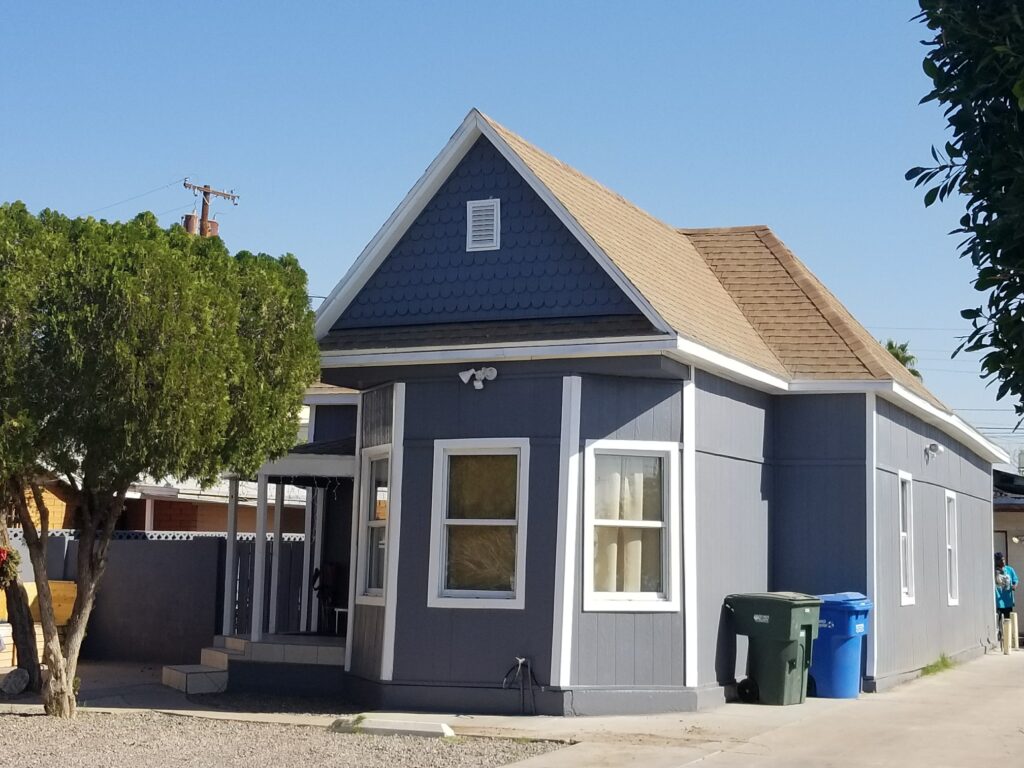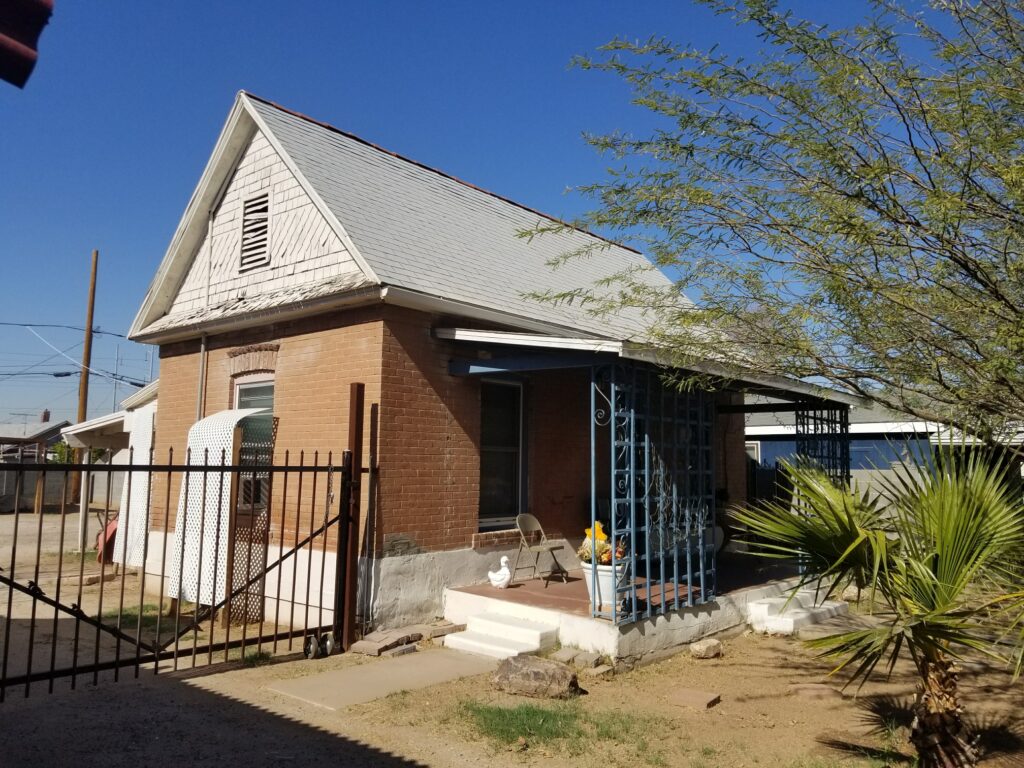Hidden Gems
Donna Reiner, a local historian and a good friend of Get Your PHX, has written many articles over the years for the Arizona Republic and others about Phoenix history and memorials. This month, Donna tells us about some of the distinct hidden gems that you can find if you look among all of the warehouses and tall buildings downtown –still standing like that little house with balloons in the movie Up!.
Perkins’ and Coble’s real estate ad promoted buying unimproved and improved lots in Montgomery Addition in 1890. The Montgomery Addition, located between 7th Avenue and Central, and Harrison and Apache, was one of the larger parcels subdivided at the time. It is also one place where we can still find those hidden gems of Phoenix history from the pre-1900 and circa 1900 era.
While long time valley residents lament the loss of historic, or at least very old buildings, Phoenix is losing even the “newer” post-WWII structures. So, finding clusters of our older buildings is an adventure and certainly provides a lesson in the growth and development of Phoenix since its inception.
But we should remember that over time certain styles have fallen out of favor and many people, ages ago and now, often prefer something shiny and new. It’s the “out with the old and in with the new” and not everyone was or is going to be happy with that attitude.
The late 1800s are notable for the Victorian style of architecture and all its quirks, gingerbread ornamentation, and tower rooms. The most common types of this architecture are classified as Queen Ann (like the Evans House at 1100 West Washington), Eastlake (like the Rosson House in Historic Heritage Square), and Shingle (like the Smurthwaite House at 1317 West Jefferson).
Some of the key homes from this turn of the 19th Century still reside on South First Avenue starting in the 700 block. Look for the Queen Ann/Neo-Colonial Revival style in the E.S. Turner House at 704 South First Avenue. 818 South First Avenue is much simpler, but still a “grand” vernacular, once a common type in Phoenix.
But near the end of the 19th Century, changes had already started with a movement away from these fanciful Victorian styles or a combination of styles.
The vernacular designs have certain elements of what one might have found on the East Coast. The brick house M.C. Sharp built for Ernest Howard in 1903 at 1012 South First Avenue is a delightful example with its gable roof and the long side of the house facing the street. A rather simple version of a cottage. Across the street at 1009 South First Avenue was M.C. Sharp’s brother’s house. W.J. Sharp had his Queen Ann/Neo-Colonial Revival house built c. 1899. While this house looks good from the street, unfortunately it has lost a lot of its Victorian accoutrements in the past 20 years.
Today Phoenix has less than 50 buildings built prior to 1900 with a remarkable portion in Montgomery Addition. We need to be careful not to lose any more.



